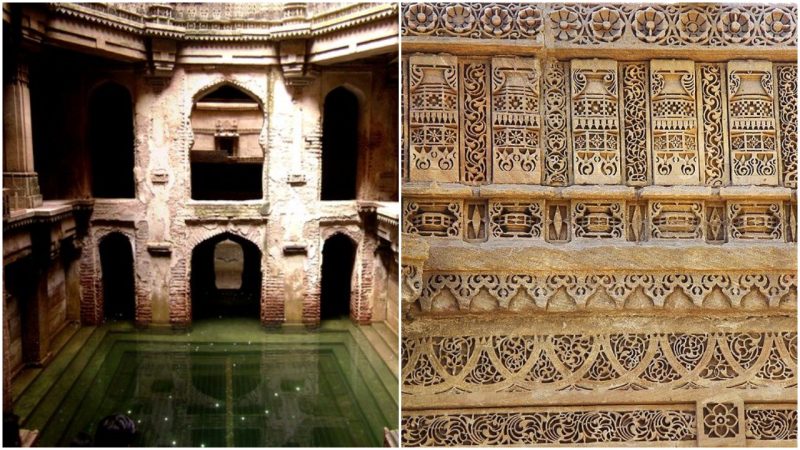Stepwells are traditional Indian subterranean wells or ponds in which water may be reached by descending a set of steps. The first stairwells were built around the year 550 AD, in the northern Indian states of Rajasthan and Gujarat, on the edge of the Thar desert.
At that time, a practical solution was needed for both the locals and the travelers along the local trade routes, because water supplies were scarce due to the hot summers and seasonal monsoons. The stepwells were originally simple utility structures, but soon became unique examples of traditional architecture.
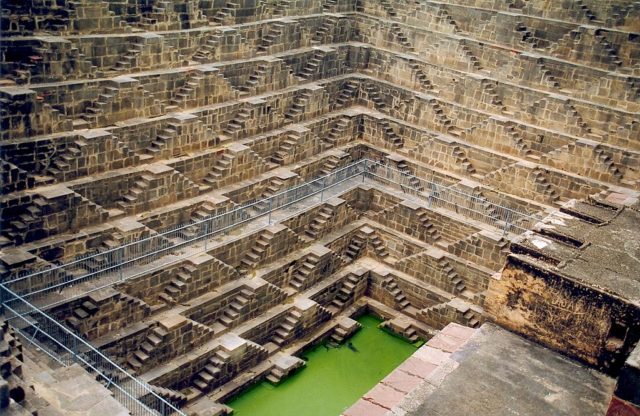
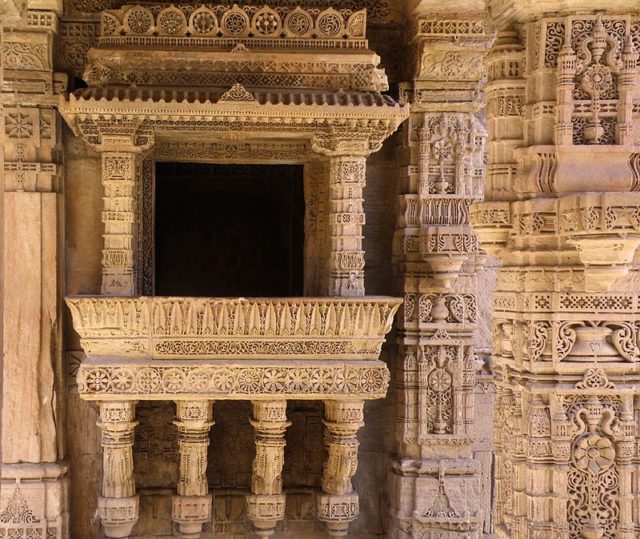
Adalaj stepwell is situated in the village of Adalaj, in the Indian state of Gujarat. Adalaj often called the most beautiful stepwell in India, has a tragic origin story. In the late 15th century, the province was governed by a Hindu ruler Rana Veer Singh of the Vaghela dynasty. His kingdom was attacked by the Sultan Mohammed Begda, the Muslim leader of a neighboring kingdom. Rana Veer Singh was killed, and his territory was occupied by the invader.
Rana Veer Singhs widow, Queen Rani Roopba, was shattered by her husband’s death. Still, she agreed to marry the usurper Mohammed Begda, under the condition that he finished the complex stairwell her husband had started building. Begda agreed and finished the stairwell in 1499.
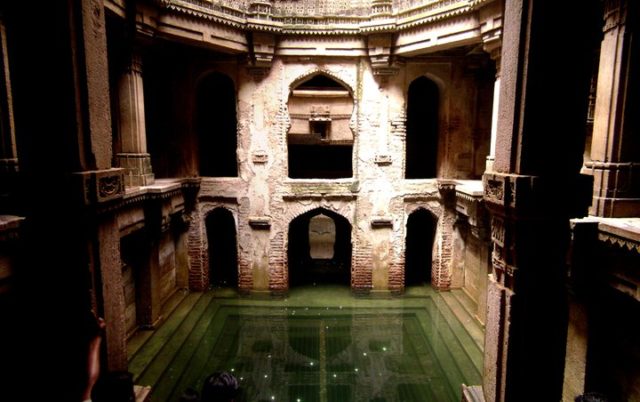
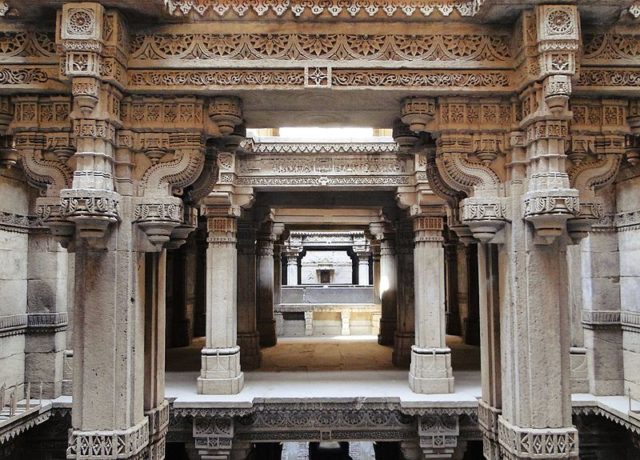
However, once the well was finished, queen Rani Roopba killed herself by jumping into the beautiful stepwell, as she didn’t want to become the wife of a usurper. This is not the only tragic death associated with the stairwell: the tomb of six masons can be seen nearby.
According to the legend, Mohammed Begda asked the masons whether they could build another similar well, and when they agreed he immediately sentenced them to death. Begda was so impressed by the design of the stepwell that he would not accept the possibility of another ever being built.
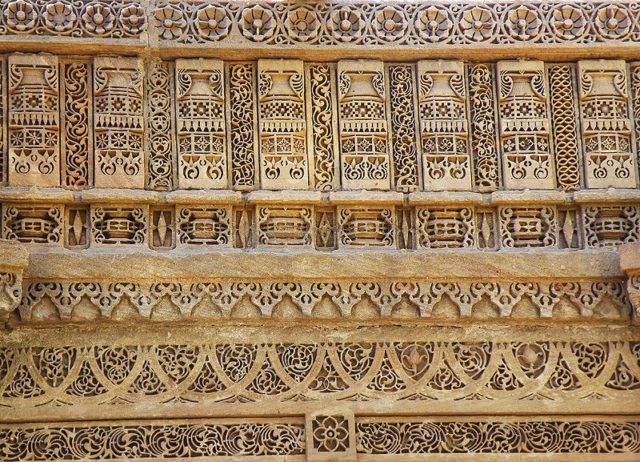
The exceptional stairwell is kept in a pristine condition and can be visited. It is a unique and intricately detailed blend of Hindu and Muslim architecture, and its tragic origin story makes it even more enchanting.
